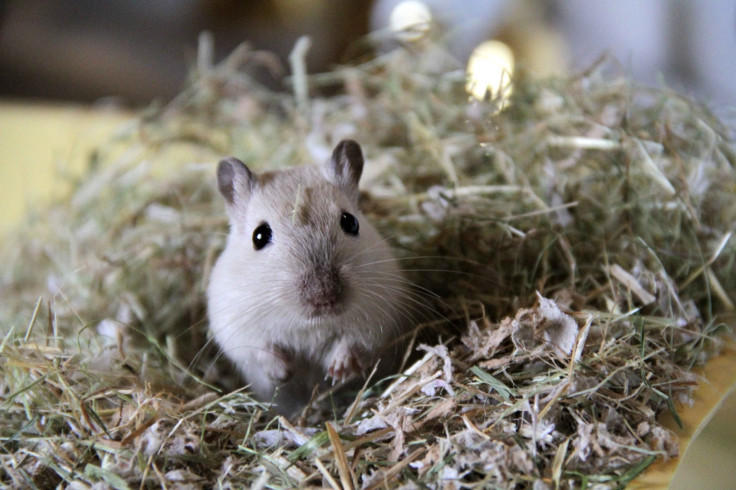Rats unfairly blamed for bubonic plague? Changing climate and giant gerbils 'caused Black Death'

Rats might have been unfairly blamed for the bubonic plague outbreak in medieval Europe that led to the deaths of up to 200 million people.
Researchers believe climate variations that allowed Asian giant gerbils to thrive could be to blame for the Black Death outbreak that lasted four centuries.
Scientists from the University of Oslo say their evidence suggests the disease – thought to have been transmitted through fleas living on rats – could not have hidden out on the much-hated rodent for 400 years. Instead, they say the virus could have been reintroduced to Europe multiple times following climate change events.
"The second plague pandemic in medieval Europe started with the Black Death epidemic of 1347–1353 and killed millions of people over a time span of four centuries. It is commonly thought that after its initial introduction from Asia, the disease persisted in Europe in rodent reservoirs until it eventually disappeared," the authors wrote in the Proceedings of the National Academy of Sciences.
"Here, we show that climate-driven outbreaks of Yersinia pestis in Asian rodent plague reservoirs are significantly associated with new waves of plague arriving into Europe through its maritime trade network with Asia.

"This association strongly suggests that the bacterium was continuously reimported into Europe during the second plague pandemic, and offers an alternative explanation to putative European rodent reservoirs for how the disease could have persisted in Europe for so long."
Study author Nils Stenseth said the disease could also have been spread by people through the transmission of droplets and from dormant fleas on cloths. However, they say there is another candidate for transmission – the giant gerbil. While rodent numbers drop in warm and wet conditions, gerbils thrived.
Tree ring data showed there are correlations between climate fluctuations in northern Pakistan and plague outbreaks in European port cities – normally about 15 years after the climate became unfavourable for mountain rodents, which forced them to flee for new pastures.
"We provide evidence for repeated climate-driven reintroductions of the bacterium into European harbours from reservoirs in Asia, with a delay of 15 years," the authors wrote. "Our analysis finds no support for the existence of permanent plague reservoirs in medieval Europe."
Speaking to the BBC, Stenseth said: "If we're right, we'll have to rewrite that part of history."
© Copyright IBTimes 2025. All rights reserved.






















